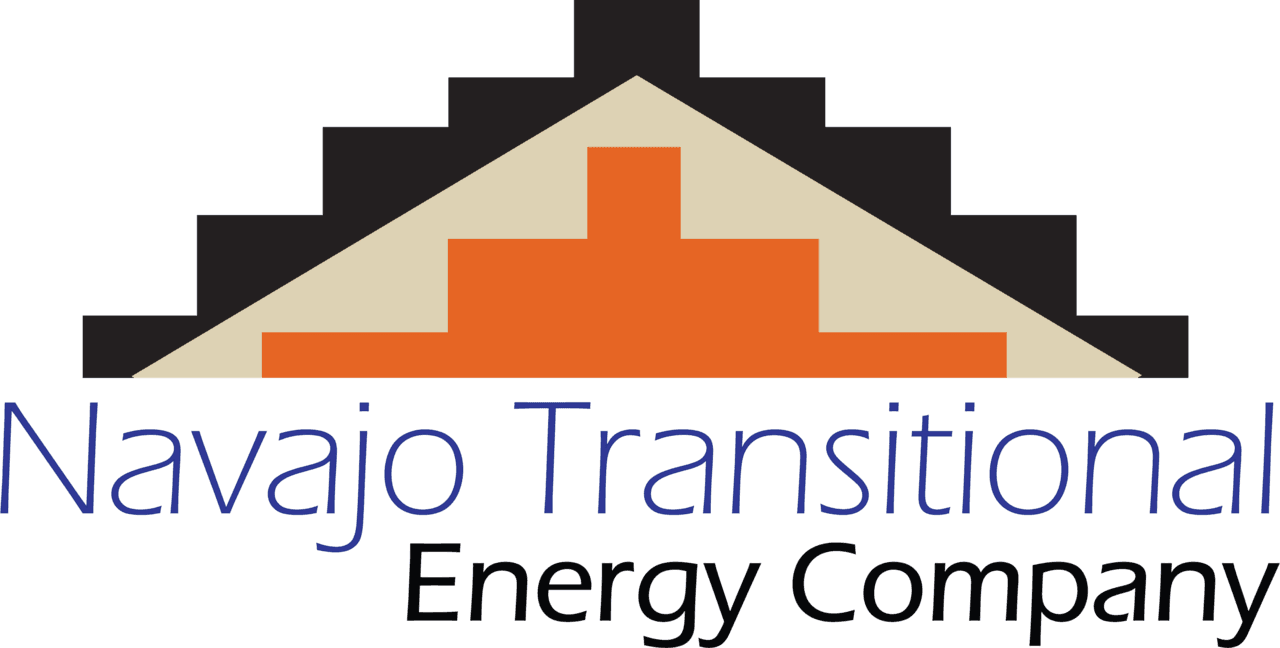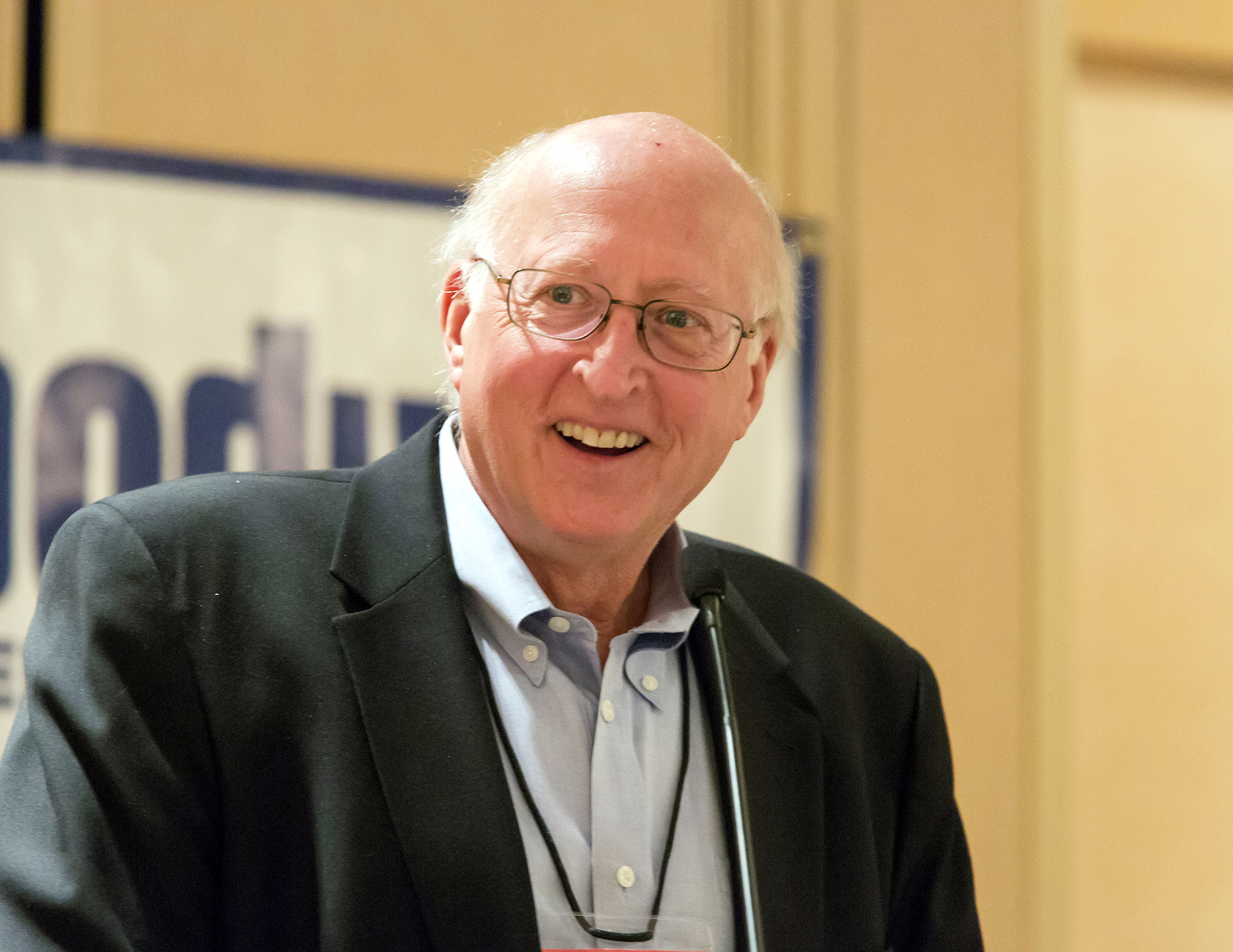Reposted from Argus Media
January 12th, 2022
By Elena Vasilyeva
Clark Moseley is retiring as chief executive of the Navajo Transitional Energy Company (NTEC) at the end of this month after leading the Navajo Nation-created energy company and coal producer since 2014. In this Q&A, edited for length and clarity, Moseley discusses the challenges that remain for coal producers as well as what the industry and NTEC could expect in the near-term future.
How did NTEC finish 2021?
We certainly did not anticipate the events that would happen in 2021. Certainly, nobody planned for that. Primarily, the market got strong, natural gas prices went up, and the utilities looked for more coal. Coal pricing has gotten stronger, which helped quite a bit.
We managed the business but did not make overstated expectations, and that is something we take great pride in. That is the kind of reputation that we would like NTEC to have. We want to be seen as a reliable supplier, and if our customers turn to us and say they need coal, we say we can supply it.
We expect (to have produced) probably between 50mn-52mn short tons (st) (45.4mn-47.2mn metric tonnes). That is what we should have finished the year with from all four of our mines. That is a little bit higher than what we were forecasting, about 8mn st higher.
Exports should be right around 5mn st (for last year), and that was a great year for us.
We moved an exceptional amount of coal through Westshore Terminals to our Asian customers because they saw the same thing happening to them in the global energy markets: natural gas, LNG pricing increasing, and then, of course, supply constraints, primarily due to manpower, but also global supply chain problems.
What was the major takeaway from 2021 for NTEC and the industry?
Well, one of the things that we have seen in 2021 is still how critical a role coal plays in the marketplace, particularly for grid reliability. We saw what happened in Texas and the Midwest and that the utilities turned to coal to be able to fill in for the lack of electricity due to all the other producers having shut down for various reasons.
Hopefully, we do not forget that and realize the need for having an “all of the above” energy mix to be able to have a safe and secure grid.
I talked a bit about reliability with coal producers. We were able to scale up in 2021 and meet the increased demand. And we could have probably sold a little bit more, but due to constraints that we put on our sales, we did not want to over-promise and under-deliver.
For how long do you think US coal demand will remain higher than supply?
We still see 2022 being strong and maybe carrying over into 2023.
This is something we cannot predict really: what natural gas is going to do. But if it continues to be strong and LNG prices to be quite high, the utilities will be looking to coal to fill that gap.
We see right now a lot of LNG exports taking up really the margin in gas production in the US. So, if natural gas producers jump up another 10 Bcf/d or so, I think that will push down natural gas prices a little bit. But people are having a tough time getting there with some of the restrictions on federal leasing and other activities.
I think in 2022 the markets will be undersupplied. In 2023, if things do not change, the markets will start to stabilize a little bit.
Where do you see coal prices heading?
2022 is going to be strong. In 2023, we are seeing a little bit of softening in prices, but we are not really pricing a lot into the next year.
Given market trends, should producers be investing in equipment to increase production?
Well, I really cannot advise other people what to do. In the last couple of years we have created a cash shortage. And with this uptick in pricing, we certainly, at least for NTEC, are not investing a lot of money or capital to get additional production.
We are putting money away for, or at least keeping our eye on, our reclamation requirements and our ongoing current maintenance requirements. We are essentially maintaining the current level of capacity because you are going to see the market turn, and we want to be strong and not have an over-investment in equipment.
But also it is very difficult to find employees.
Our goal is to be able to get a strong balance sheet and to meet our reclamation obligations and even improve upon that and be able to create good jobs for our current employees. So, we certainly do not want to ramp up and then have to see a downturn again.
How do you feel about NTEC’s future?
First of all, we have got a great management team, and we have a board that supports us. So, NTEC is positioned well for the future.
We are also making strategic investments in other activities. We have a goal to be sustainable beyond the life of coal, and that is the reason why you see our investments in rare earth minerals and our investments in helium. We are investing outside of coal but in energy-related businesses that have a real good future.
My goal from the first year I showed up (at NTEC) was, knowing that the Navajo mine and Four Corners power plant have a defined life, to position this company beyond the defined lifespan. And that is what we have been working on for seven years.
What does the New Mexico Public Regulation Commission’s order rejecting the sale of Public Service Company of New Mexico’s (PNM) stake in the Four Corners plant to NTEC mean for the plant’s future?
The Four Corners power plant is important for the desert southwest as a reliable source of power and will continue to be so. I cannot comment on what PNM’s plans are, but we will continue to support the operation of the plant, and we will work with PNM on our path forward.
What are your thoughts on PRB exports given not only the state of the market in Asia but Canada’s recent commitment to stop exporting thermal coal by 2030?
We hope that Canada over time will realize the importance of thermal coal in the world market and that China, India, southeast Asia really, and our customers in South Korea and Japan need it because thermal coal is important for their economies.
It is a great asset that Canada has the port and terminals there in Vancouver on the west coast. And things can change between now and 2030. Things do change as time goes on.
Looking back at your time with NTEC, what do you see as your major accomplishments?
Over the span of seven years (after the Navajo Nation established NTEC) we went from one employee to over 1,600 employees. I always measure how you impact people’s lives and what you do to create their quality of life. Being able to provide a good family-wage job, stability, good benefits and good security for your employees is a great thing to do.
And if you look at the other things that NTEC has done, it has accomplished the goal it was intended to do: to preserve the jobs at the Navajo mine and the Four Corners power plant beyond 2016. And we did that, and now we are fairly secure into the late 2020s, with still a plan for the plant and the mine to operate to 2031.
And then the other one, if you want to think about all we have done, (is) we are a stable company. We have got a good balance sheet. So, we have been able to look to other areas for the company to invest in for its future, knowing that coal mines and any natural resource have a definite lifespan.
We are proud that we were one of the safest coal mining companies in the US last year. In 2020 we were the safest, as far as accident frequency rate. 2021 is not going to be quite as good, but we certainly will still be in the top quartile, if not the top one, two or three companies, as far as safety. And we have an exceptional environmental record. So, we manage our company that way, and those are the things I look back on and have quite a lot of pride in.

